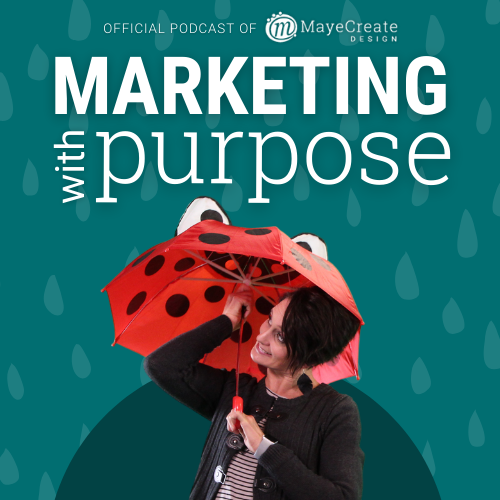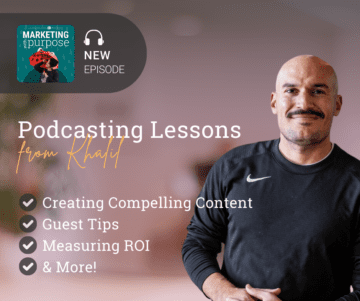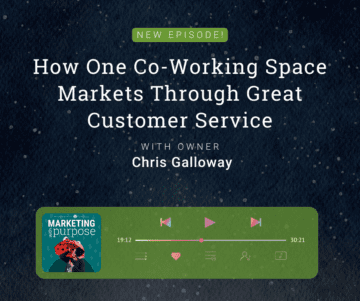No More Phony Photos
September 24, 2016
CONSUME CREATIVELY
This content is available in:
This content is available in:
TEXT
In the past it was popular for businesses to feature stock photography in their marketing. While stock photos still have their place in the design world, generally, I suggest my clients use real imagery. What I mean by real imagery is: photos of your office, your people, your clients and your world.
I spend my days art directing websites with an increasing focus on photography. Design is art and art is at it’s nature a copy cat sport. Take what other artists have created and pull the parts you like together into something new. Marketing design is more like that than most art. You want your business’s marketing to feel fresh and modern, not dated or stale. To do that you have to adhere to current marketing trends, which then tends to make you look somewhat like others. So what can you do to make your marketing stand apart from your competition?
Stock People Gotta Go
The fastest way to differentiate your business from others is by using images of your company instead of the happy glowing stock people. Stock images may seem professional but they only represent the concept of a business, not your real business. Local photojournalist turned commercial photographer Dan Gill of Dan Gill Photos puts it this way, “There was a time businesses could get away with using stock photography but that time has passed. People make and share their own content on Instagram, Facebook and YouTube,” Dan said. “They know now more than ever when something is real or not. This is a great opportunity for us to show future and current customers you are real too.”
Quality photos make your business stand out of the crowd, entice visitors to stay on your site or read your ad, which ultimately leads to sales. “The average consumer’s attention span is getting shorter every day. The mind needs to be stimulated and boring, poorly captured photos are not going to get anyone’s attention,” coached Carl Neitzert of Creative Photo, second generation owner of the 25 year old Columbia, MO photography business.
“Cardinals Baseball games are a great example. During the commercial breaks you’ll see a night-and-day difference between a beer commercial and a St. Louis area car dealership commercial,” Carl explained. “Obviously, there are budget differences, but quite often it appears local businesses put little to no effort into their content.”

Photography as an Art
Access to photography has evolved with technology. I remember when I used to conserve my film for just the right photo. And now I take photos on burst mode to make sure I don’t miss the right moment. Photos are now a basis through which people tell their stories. The proof is in the pudding:
- Facebook places importance on images when showing posts to viewers and amasses 300 million photo uploads per day according to Gizmodo.
- Instagram and Snapchat are completely image centric. In January 2016 an average 9,000 snaps (images) were posted PER SECOND on Snapchat according to expandedramblings.com.
“Photography is an art and lots of people can do it as a healthy creative outlet. That’s great for our minds and our communities,” said Casey Buckman, owner of Casey Buckman Photography and recently recognized, second place Top of the Town commercial photographer.
While photography is a daily hobby of the masses, quality marketing photography is still a premium. “I cannot say that I have seen a drastic increase in the use of professional photography recently. What I HAVE seen is an increase of technology usage with less-than professional results,” observed Carl, “the camera technology has evolved and advanced, but the average camera operator has not.”
Casey warned, “the industry is now flooded with well-intentioned creative people that just don’t yet have the equipment and experience necessary to produce pro-level imagery. That said, ‘pro-level’ is to each their own, after all, we’re all artists and have something to offer, it’s a matter of what businesses are willing to pay for and what they’ll be satisfied with.”
The cost of entry to start a photography business is low. You need a camera, a computer and a willing audience. There’s not a certification or educational requirements to guarantee you can do the job. Even continuing ed and love of the art is optional.
Business to Business Photography
Even as photography businesses are popping up everywhere both Casey and Carl have noticed more B to B photography clients recently. They attribute the increase due to the maturity of their companies.
Business owners are turning to professional photographers to get the job done. Working with a professional can save you time and provide more consistent results, they are “also going to be able to work with the marketing director to make sure that the final product is in tune with what the original vision was, ” commented Carl.
Photographers need more than just artistic skill to feed their families. As an artist and employer of artists I can say from experience not all of us are business minded. When evaluating your options Casey advised to consider, “punctuality, turnaround time, planning and visioning skills, proper equipment to fulfill the job requests, communication, and the experience of handling all of the above under pressure and when dozens of people’s schedules and investments are on the line.”
Dan suggested to ask yourself, “does the photographer’s portfolio make your heart jump? Does it connect on a human level? Is there something about their work you love? For larger projects are they willing and able to provide you with a professional proposal and plan? Probably the biggest question is, do you work well together?”
If you don’t have the budget to use a professional photographer, DIY real photos are still preferable to no photos or stock images, in my opinion. Real faces go a long way towards engaging viewers and telling your company’s story. Whichever way you go, keep it consistent. Don’t mix professional headshots with DIY staff photos, it’s a glaring inconsistency to your viewers.
It’s easier to get away with DIY photos on the web. You don’t have to own a fancy camera to capture web quality images. Depending upon your industry, your phone and a bit of practice may be all you need.
Photography for printed marketing materials is a bit more tricky. While designing, lower resolution images may appear to be an acceptable quality on your computer screen but look blurry and pixelated on the final printed product. Also, the color you see on your monitor, with light shining through the image, isn’t a great indicator of how the color will print. You can start by test printing your materials on printers in your office. But even that doesn’t create a realistic scenario depending upon the type of paper and printing method you plan to use to produce the final piece.
You also run the risk of being out classed by your competitor who sprung for professional photography in their magazine ads. When placed side by side the professional photos always seem to shine. Though if push comes to shove I still fall back on my original assessment. Even if the lighting isn’t perfect, I’d rather see your people smiling at me in your magazine ad than a stock photo group, regardless of how diverse the stock photo people are.
If you’re on a limited budget, Carl believes, “happy, smiling customers are the best subjects regardless of what you are trying to sell. Tests have proven that photographs of people grab attention more than anything else.” Carl pointed out, “featuring photographs of satisfied customers in an ad will make viewers wonder why they are so happy. You also score points with your customers.”
Casey proposed, “if you want to be taken seriously, a well-lit and up-to-date headshot is essential, especially if you’re in a high price-point sales position. Show your clients you do ‘quality’ all the time.”
Dan added, “at the end of the day we are all communicating visually in our marketing. Clear, well-lit pictures with good color and compelling subjects rise to the top and resonate with people. So, find someone you want to work with and make sure their work is something you can fall in love with.”
Who Manifested This Madness?

This fabulous human, that's who.
Monica Maye Pitts
Monica is the creative force and founder of MayeCreate. She has a Bachelor of Science in Agriculture with an emphasis in Economics, Education and Plant Science from the University of Missouri. Monica possesses a rare combination of design savvy and technological know-how. Her clients know this quite well. Her passion for making friends and helping businesses grow gives her the skills she needs to make sure that each client, or friend, gets the attention and service he or she deserves.






